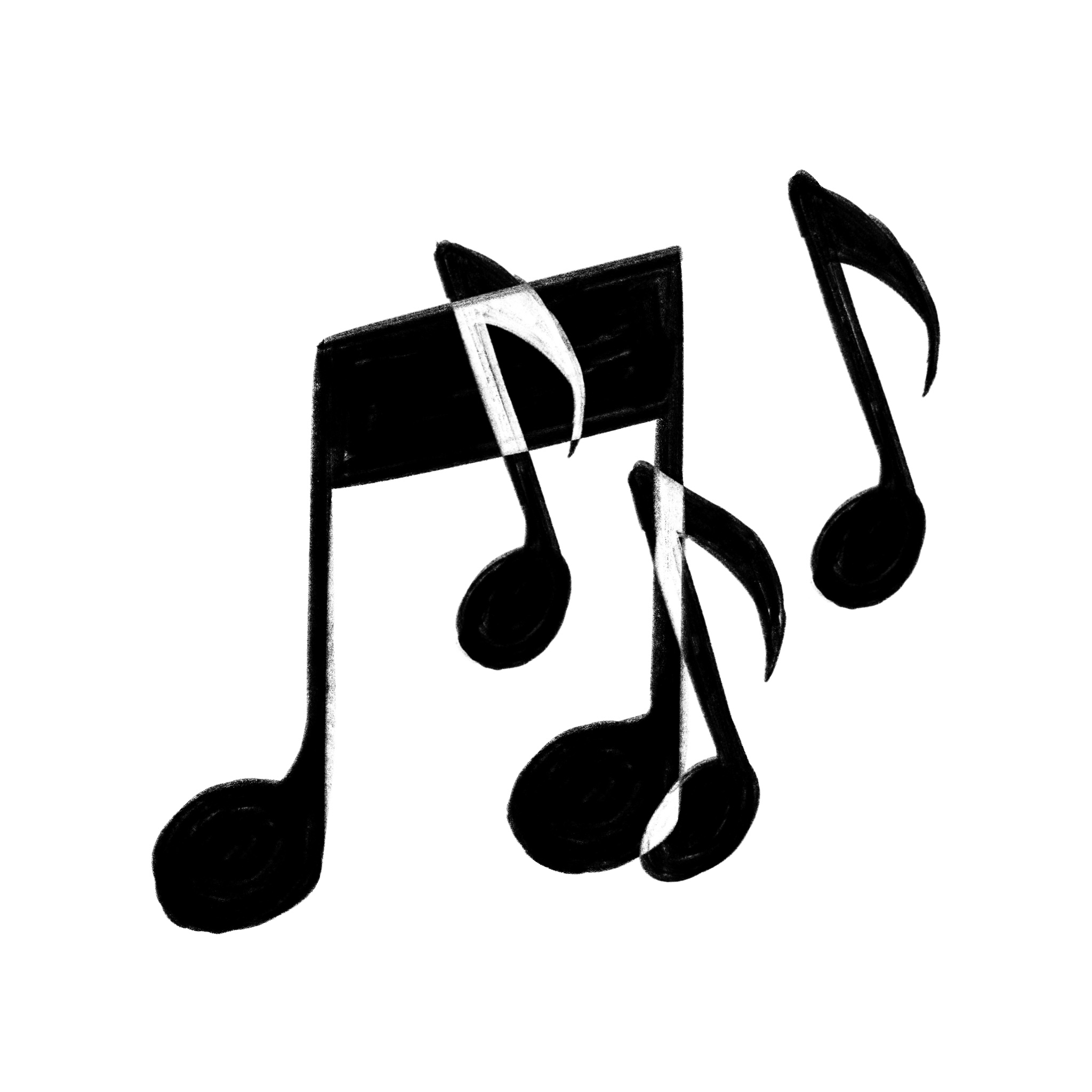Extracting warmth from shared music
November 1, 2024
 Henry Abbott
Henry Abbott
The piece begins with a discordant acoustic guitar riff and a constant rhythm that alternates between the left and right ear (on stereo). As the song started, Anne-Sophie sat still, concentrated and attentive to each detail she could sieve. The tempo is quick and consistent, and Lenker begins to sing after two repetitions of the riff. Her voice is raspy and monotone, drawing out the raw qualities of instrumentation. Through layering and delayed vocals, Lenker pulls together an intriguing composition that spills over the boundaries of traditional songwriting.
Once the song was over, Anne-Sophie passed me my headphones, sort of smiling. Then, she told me, “I really do love that song.” A frequent listener of Lenker’s music, Anne-Sophie is a great candidate for opening dialogue on the musician.
When I asked her what her initial reaction to the song was, she began to express the significance of Lenker’s lyricism in her more recent music versus earlier releases. Anne-Sophie finds that the artist tends to use her voice “as an added layer and an instrument … [creating] more of a presence than a focus on what she’s trying to say.”
In “songs,” an album from 2020, Lenker’s lyrics are at the forefront of each track, compelling listeners to dissect the stories shared. While “abysskiss” is only two years older, Anne-Sophie observed that the lyrics are less prominent. Instead, elements of guitar and vocal layering stand out most, particularly because of their untraditional nature.
Anne-Sophie and I have spent many an hour covering music by Lenker and Big Thief. For this reason, I asked her how she felt about the song as both a singer and guitarist. She immediately brought up the moving percussion: “It’s the only constant thing in the song. The other instruments change. The voice is shifting. The keys are shifting, but the boom-boom-boom is so fast. That was my favorite part of the song.”
We assume that this beat was made through the tapping of fingers on an acoustic guitar body. Anne-Sophie elaborated on why this specific feature engaged her, stating that its consistency and intensity allowed her to feel “involved as a listener.” I entirely agree with her assessment; while listening to “symbol” on multiple occasions, I often visualize the power of Lenker’s creative style.
“We send each other songs often,” I commented. “How did this experience of listening in real time feel?”
Anne-Sophie replied that she found it to be more personal: “When you share songs online, there’s a sort of performance to it.” She remarked that, on the other hand, whenever she and I listen to music in each other’s rooms, “that’s one of the best experiences because you’re connecting with someone on an intimate level.”
I love this concept because I also think that just sitting down and listening to music with people is such a special experience. Unfortunately, in this session, Anne-Sophie and I did not play the song aloud, thus preventing us from establishing that aforementioned intimacy. Also, the general space of Smith Union can sometimes feel harsh with fluorescent lighting and noise coming from all over. Even though we did try to find a secluded area, there were constant visual distractions.
I asked Anne-Sophie what the ideal environment for listening to “symbol” would be, and she had her response ready: “I think in a cozy room with no overhead lighting, under the covers, playing from really loud speakers and surrounded by maybe one or two friends, like you, that are also listening to the music and sharing their ideas about it and how the song affects them in a different way than maybe it would affect me.”
One of the best things about putting on songs for friends is that I get to learn about the aspects of music that they notice. On numerous occasions, such as this one, I am pleasantly surprised while hearing their perspective on distinct details. Every time I put on the song afterwards, I focus on it with memories of conversation in mind.
Anne-Sophie made the most poignant observations about Lenker’s song to the point where I found myself incessantly agreeing. As discussed before, we frequently spend time listening to and playing music, and we do so in various fashions. Whether we bring our guitars to each other’s rooms or head to Dudley Coe basement late at night to get on air, there exist countless places that hold significance for songs played. Because of these factors and more, Anne-Sophie’s ruminations were very inspiring to hear. I have a feeling that she felt inspired as well. When asked about any last thoughts, Anne-Sophie said, “I’m gonna be coming back to that song a lot more than I normally would have because of this listening experience.” I also look forward to listening to this song again with Anne-Sophie, preferably in a cozy room with no overhead lighting.

Comments
Before submitting a comment, please review our comment policy. Some key points from the policy: